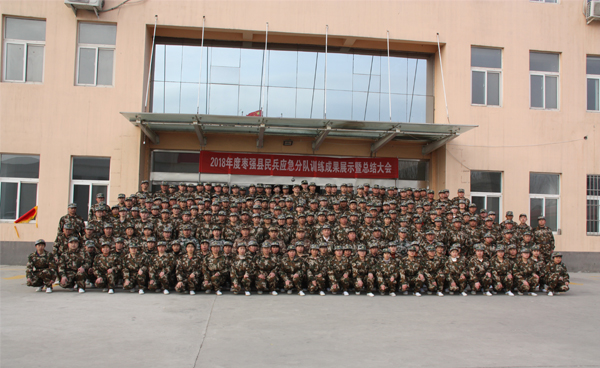
Dec . 11, 2024 03:57
Back to list
Pressure Relief Valve Function and Importance in Mechanical Systems
The Importance of Relief Valves A Comprehensive Overview
Relief valves, also known as pressure relief valves, are critical components in various industrial systems. Their primary function is to prevent overpressure scenarios that could lead to catastrophic failures. This article explores the working principles, types, applications, and significance of relief valves in maintaining safety and efficiency in different industries.
Working Principle
Relief valves operate on a straightforward principle they automatically release pressure when it surpasses a predetermined set point. The valve consists of a spring-loaded mechanism that holds a disc or diaphragm in place. Under normal operating conditions, the spring force keeps the valve closed. However, when the system pressure exceeds the set point, the force of the gas or liquid acting on the disc overcomes the spring force, causing the valve to open. This action allows the excess pressure to escape, thus protecting the system from pressure-induced damage.
Types of Relief Valves
There are several types of relief valves suited for different applications
1. Spring-Loaded Relief Valves These are the most common type, utilizing a spring to maintain pressure until a certain threshold is reached. 2. Pilot-Operated Relief Valves These are designed for high-pressure systems, where a pilot valve controls the main valve operation. This design allows for better performance and tighter control over the discharge pressure.
3. Balanced Relief Valves This type is engineered to reduce the effect of back pressure on the valve, making it suitable for applications where the discharge pressure can vary significantly.
4. Deadweight Testers Though not a traditional relief valve, these are essential for testing and calibrating relief valves to ensure they operate at specified conditions.
.
Relief valves are used in a wide range of industries, including
صمام التنفيس

- Oil and Gas To protect pipelines and storage tanks from excessive pressure that can occur during extraction and transport.
- Chemical Processing In reactors and vessels, where rapid exothermic reactions can lead to pressure build-up.
- Steam Systems To safeguard boilers from overheating and possible explosions.
- HVAC Systems To maintain safe pressures in heating and cooling units, ensuring efficient operation.
- Water Supply Systems To prevent damage and ensure safety in municipal water distribution.
Significance
The significance of relief valves cannot be overstated. They serve as the last line of defense in preventing equipment failure, protecting both human lives and the environment. The failure of a relief valve can lead to severe consequences, including explosions, fires, and chemical spills. Thus, regular maintenance and testing are essential to ensure that these valves function correctly.
Moreover, with increasing regulatory requirements and safety standards, the design and manufacture of relief valves have evolved. Innovations in materials and technology have improved their reliability and efficiency, making them an indispensable asset in modern industrial operations.
Conclusion
In summary, relief valves are fundamental safety devices that play a vital role in protecting various systems from excessive pressure. Their straightforward operation, combined with a variety of designs tailored for specific applications, underscores their importance across industries. As technology advances and safety regulations become more stringent, the evolution of relief valves will continue to enhance operational safety and efficiency, proving that sometimes the simplest solutions are the most effective.
Latest news
-
Safety Valve Spring-Loaded Design Overpressure ProtectionNewsJul.25,2025
-
Precision Voltage Regulator AC5 Accuracy Grade PerformanceNewsJul.25,2025
-
Natural Gas Pressure Regulating Skid Industrial Pipeline ApplicationsNewsJul.25,2025
-
Natural Gas Filter Stainless Steel Mesh Element DesignNewsJul.25,2025
-
Gas Pressure Regulator Valve Direct-Acting Spring-Loaded DesignNewsJul.25,2025
-
Decompression Equipment Multi-Stage Heat Exchange System DesignNewsJul.25,2025

